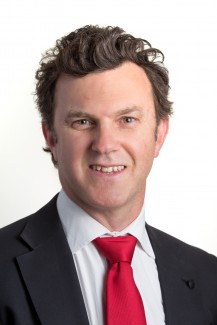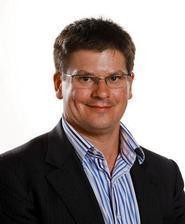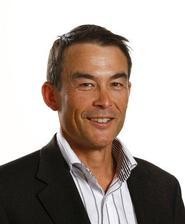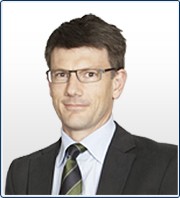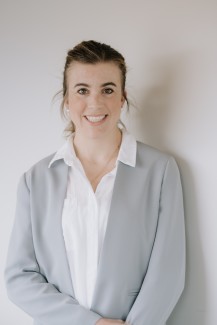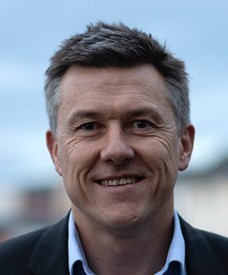Orthopaedics - Otago | Southern
Description
The Orthopaedic Service provides specialist acute and elective surgery for musculoskeletal problems. The acute work from within the Otago area covers recreation related trauma, road accidents, bone and joint infections and fractures associated with osteoporosis and the aging population. Within the elective workload the service provides a full range of hip, knee, foot and ankle and shoulder surgery, paediatric, spinal, hand and arthroscopic surgery.
Scoliosis surgery is undertaken at Dunedin Hospital as a tertiary service with patients coming from all the DHBs within the South Island.
The Orthopaedic Service has a catchment area, which covers our population from the Waitaki River in the north, to the Clutha River in the south. We also see Southland patients for specialist areas including spine and foot/ankle.
Scoliosis surgery is undertaken at Dunedin Hospital as a tertiary service with patients coming from all the DHBs within the South Island.
The Orthopaedic Service has a catchment area, which covers our population from the Waitaki River in the north, to the Clutha River in the south. We also see Southland patients for specialist areas including spine and foot/ankle.
Orthopaedics services locations:
In patients ward - 3rd Floor, Ward Block, Main Hospital
Outpatient Clinic - 3rd floor, Main Hospital
Pre-admission Clinic - 3rd floor, Main Hospital
Fracture Clinic - Ground Floor, Main Hospital (Cumberland St entrance)
In patients ward - 3rd Floor, Ward Block, Main Hospital
Outpatient Clinic - 3rd floor, Main Hospital
Pre-admission Clinic - 3rd floor, Main Hospital
Fracture Clinic - Ground Floor, Main Hospital (Cumberland St entrance)
